Marine Parade: How Manly Council made a silk purse out of a sow’s ear
e walkway between Manly Beach and Shelly Beach is popular with locals and visitors alike but few would know that for half its length there is an old sewer main beneath their feet.
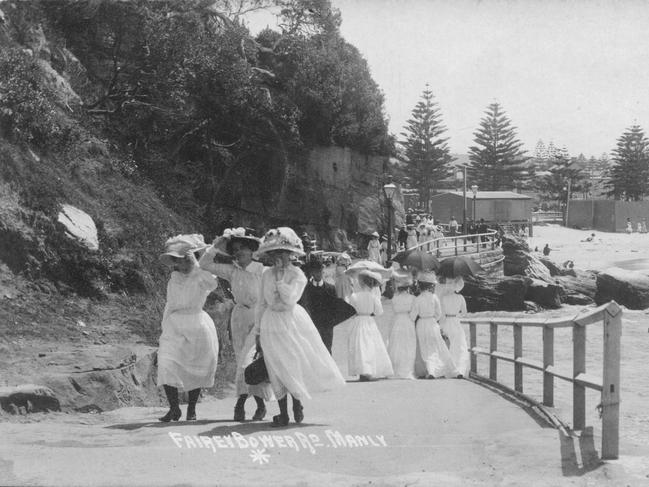
Manly
Don't miss out on the headlines from Manly. Followed categories will be added to My News.
The walkway between Manly Beach and Shelly Beach is popular with locals and visitors alike but few would know that for half its length there is an old sewer main beneath their feet.
Marine Parade, its official name, was built in two parts in the 1890s and it was pressure from Manly Council that played a pivotal role in making it happen.
In the late 1880s the land between Manly Beach and Fairy Bower and the land between Fairy Bower and Shelly Beach were in private hands, and wresting control of the shoreline for the public happened in two stages.

The land between Manly Beach and Fairy Bower was owned by James Jones, whose property stretched from the shoreline west to Reddall St.
The land was part of a 100-acre (40ha) grant to Richard Cheers in 1810 and was sold to D’Arcy Wentworth in 1813, after which it remained in the Wentworth family until 1877, when it was subdivided and sold as the Bassett-Darley Estate.
Section 7 of the East Brighton Estate, comprising 10 acres (4ha), was bought by James Jones in 1877 or 1878.
The land between Fairy Bower and Shelly Beach was owned by the Catholic Church.
As far back as 1859, the church had been promised 60 acres (24ha) to be excised from the quarantine ground at North Head.
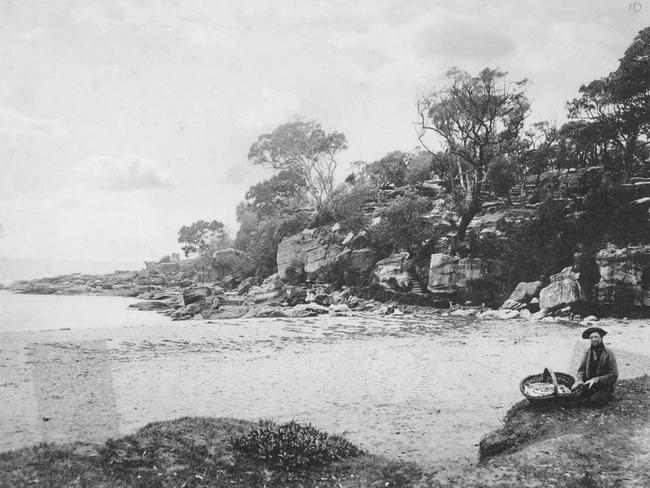
The northern boundary of the land stretched from Spring Cove to Shelly Beach in an unbroken line from the harbour to the ocean.
At the time it was though that Shelly Beach should be retained for the public but the minister for lands at the time wanted it included in the church’s land because the church’s land would serve as additional buffer between the quarantine station and the township of Manly.
It took 20 years before the grant to the church was finalised in 1879.
In August 1885 Manly Council asked the state government for the resumption of 100 feet from the high-water mark fronting the ocean between Manly Beach and Shelly Beach and Shelly Beach Headland for public recreation.
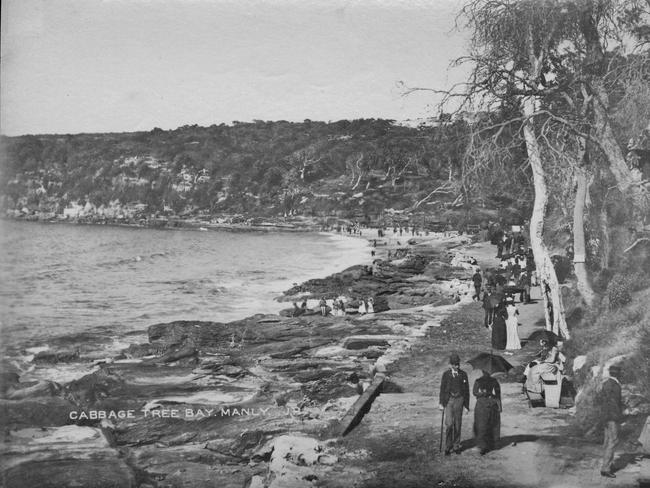
The council argued that no beach frontage should be alienated to any individual or class of individuals, and that Shelly Beach was the only beach between North Head and Broken Bay where a boat could landed in the event of heavy weather.
Also in August 1885, Manly Council asked James Jones if he would sell a strip of his land 100 feet wide along the shoreline.
Jones said he would sell the foreshore for £20 per foot but, given that the shoreline between the southern end of Manly Beach and Fairy Bower was at least 1000 feet (300m) long, Jones was asking for about £20,000 – a ridiculous price.
In 1889 the council urged the state government to resume the shoreline of James Jones’ land between Manly Beach and Fairy Bower.
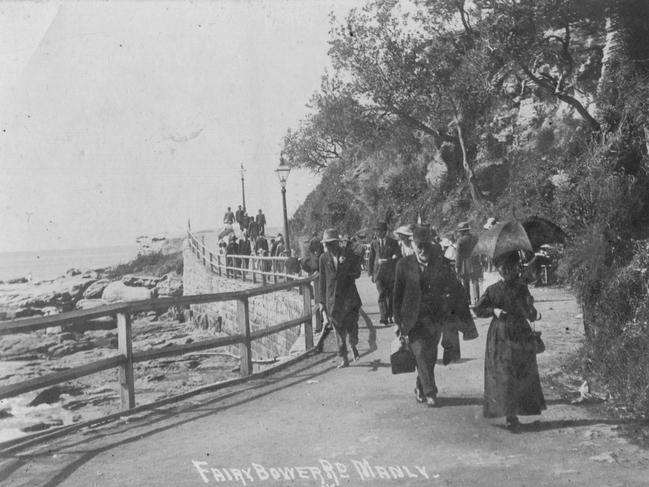
In March 1890 the council was told the resumption would be granted and in May that year it was told a survey for a road along the foreshore had been done and that construction of a road been approved.
It’s not known how much compensation Jones received for the resumption of the foreshore of his land.
Throughout the 1880s Manly Council had erected a seawall at the back of Manly Beach to the southern end of the beach and had developed a promenade behind it.
In November 1890, the council voted to extend the seawall to Fairy Bower and subsequently accepted the tender of Fraser Bros to build it, with ballast to be placed behind the wall and levelled to create a pleasant walkway.
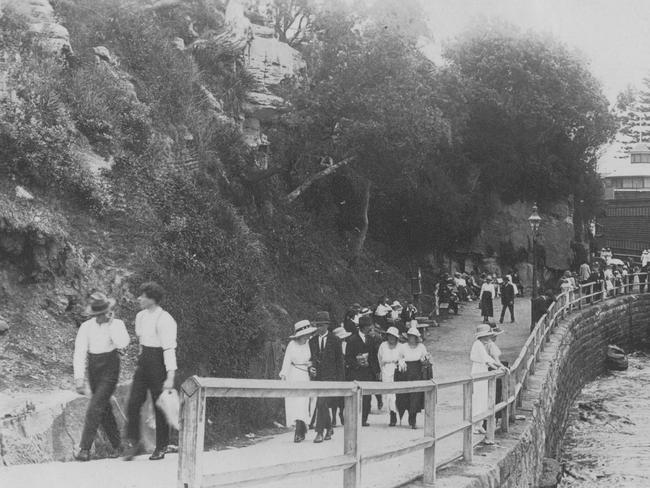
In January 1891, Manly Council adopted the motion of Alderman Charles Hayes to name the new walkway Marine Parade and mayor John Cameron authorised seating and a two-railed fence to be erected along the walkway.
Prior to the construction of Marine Parade, getting to Fairy Bower was achieved either by clambering over the rocks from the southern end of Manly Beach or ascending the steps cut into the cliff at the southern end of Manly Beach and using a bush track to Fairy Bower.
But now Fairy Bower was a gentle amble away.
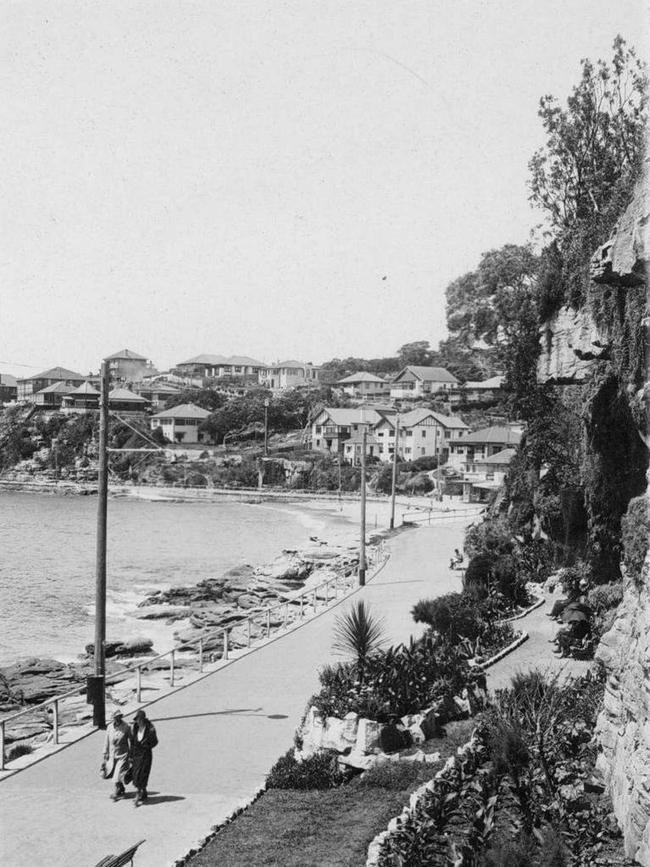

“In this important transformation,” waxed the Daily Telegraph, “Manly possesses one of the most beautiful promenades to be found in the environs of the metropolis, and now that the walk round the cliffs may be accomplished without any risk of the tide or any surrender of the natural beauties of the locality, there has already been an increase in the visitors to this popular suburban resort.
“It is only two months since the Government placed the municipality in possession of the frontage.”
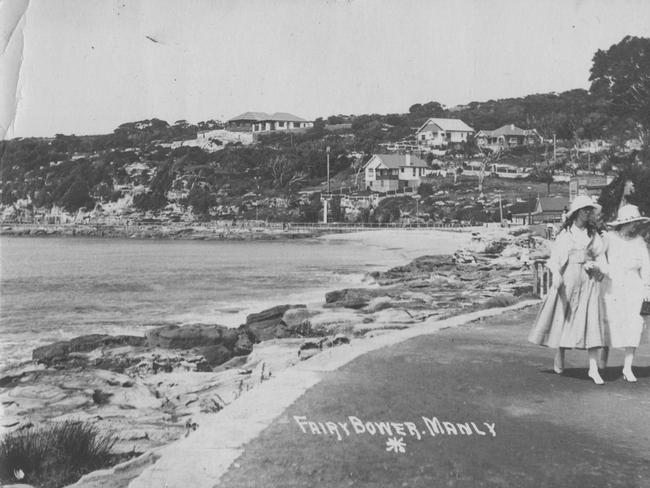
Unfortunately a storm in March 1891 badly damaged Marine Parade, so it had to be repaired.
With the first half of Marine Parade – between Manly Beach and Fairy Bower – now complete, Manly Council now looked to the second half of the project – the foreshore between Fairy Bower and Shelly Beach, which was owned by the Catholic Church.
And in this quest, the council would have a strange ally – sewage.
Since the mid-1880s, the council had grown increasingly concerned about the need to properly drain Manly of its sewage.
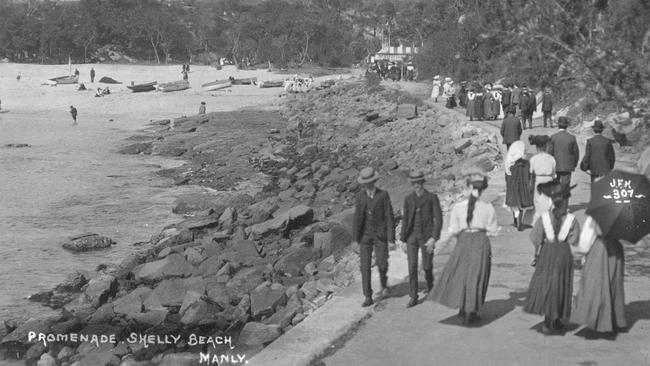
For too long residents had been disposing of it in holes or slits in their own yards or burying it somewhere nearby.
The council had even condoned the burial of sewage in the sand at the northern end of Manly Beach and of flushing it into the ocean via long pipes from the beach, similar to the stormwater pipes that sill empty into the ocean.
In June 1886 the council voted to seek government assistance in making a preliminary examination of the area’s sewerage needs.

In early 1887 George Stayton, an engineer with Government Sewerage Department prepared a comprehensive sewerage scheme for Manly that involved draining sewage from most of Manly and disposing of it through a 1.4km-long tunnel from the southern end of Manly Beach and under Fairy Bower and Shelly Beach to an outfall near Blue Fish Point.
The estimated cost of the work was £34,000 but Manly Council had already incurred a massive debt having Manly Dam built, so it needed a cheaper alternative.

The answer was to drive a tunnel through the hill between the southern end of Manly Beach and Fairy Bower and to lay the pipe around the shoreline from Fairy Bower to Shelly Beach before driving another tunnel under Shelly Beach Headland to an outfall on the far side of the headland.
And this cheaper option had another attraction – the pipe could be covered over and turned into a continuation of Marine Parade in a wonderful example of making a silk purse out of a sow’s ear.
But there was one problem – the land south-east of Fairy Bower, including Shelly Beach and Shelly Beach Headland, down to the high-water mark was owned by the Catholic Church and the church was loath to surrender either the beach or the headland.
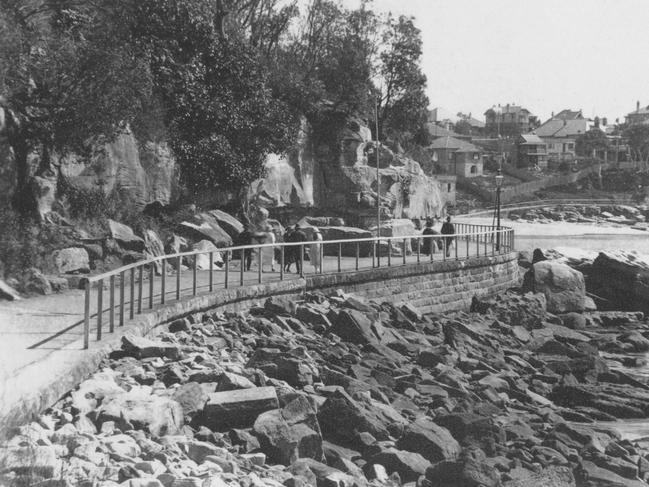
Eventually a land swap was engineered – in return for surrendering 8 acres (3.25ha) comprising Shelly Beach and Shelly Beach Headland, the church received 22 acres (9.3ha) immediately south-east of Shelly Beach Headland that was excised from the quarantine ground.
In July 1897, the tender of Messrs. R. and S. Butcher to build the sewer scheme for £13,628 was accepted and on July 24, the wife of the mayor of Manly planted the first pick in the ground at Fairy Bower to signal the start of the work.
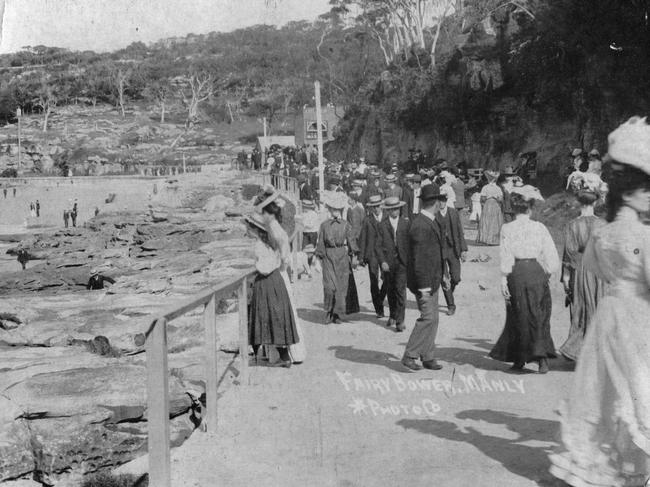
The tunnel through the hill between the southern end of Manly Beach and Fairy Bower was 261m long and the pipe laid around the shoreline from Fairy Bower to Shelly Beach was 563m long.
The extension of Marine Parade from Fairy Bower to Shelly Beach was completed in December 1898 in time for locals and visitors to Manly to use by Christmas Day, although it was several months more before the extension was sealed with asphalt.

In April 1899, just four months after the extension of Marine Parade was completed, Manly Council debated a plan to install a toll bar at the start of the Marine Parade to Fairy Bower and Shelly Beach and to charge one penny per person to use it so as to finance its upkeep but that plan came to nought.
Since then, apart from temporary closures due to storms or rocks falling from the cliff, Marine Parade has become one of Manly’s finest assets.


